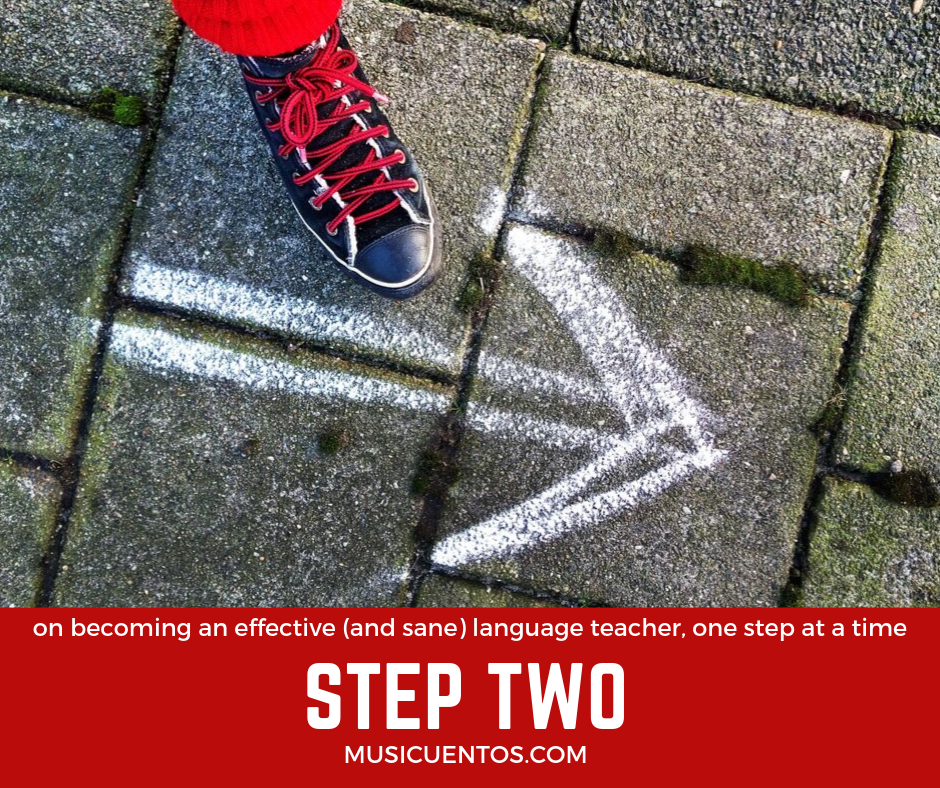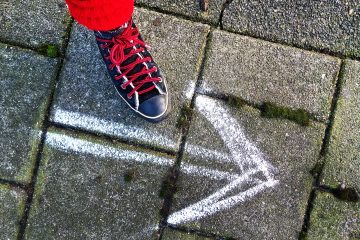So you want to become a better language teacher, and that’s awesome! You’ve laid a good foundation in getting to know some sound research principles involving how people acquire and learn languages thanks to Steve Smith.
Now, it’s time for Step 2.

Is the foundation important? Absolutely, it’s critical. But to build on that foundation you have to know what is possible to build, and in what order. Your learners can’t put a roof on straw walls. To be clear, let me step away from the metaphor just a bit. A lot of very smart people have described the progression your learners will take as they learn words and phrases (gather material), put sentences together (build some walls), communicate what they want to say (frame the building), and become more accurate in their language (make it pretty). If you are pushing students to build persuasive arguments when the don’t know how to connect sentences, what’s going to come out isn’t going to accomplish the goal.
Fortunately, there’s help, and it’s right here on your computer, and it’s free.
And step two is…
to explore the free practice modules on the ACTFL proficiency levels offered by the COERLL (Center for Open Educational Resources and Language Learning) at the University of Texas. This set is particularly directed at Spanish teachers, unfortunately, but teachers of other languages, see what you can glean, too!
Because this is a center for open educational resources, you don’t have to travel or pay a lot of money to attend a workshop to begin to understand proficiency levels. You can do it right there, in your pajamas. When you understand where your learners will start, what language you can expect at different stages in their journey, and where you can expect them to end up, you’re ready to move on to Step 3. See you soon!
Posts in this series:
- Step 1: Lay your foundation.
- (this post)
2 Comments
Comments are closed.




[…] figured out what to expect kids to build as they continue on their journey to being proficient in another […]
[…] of language you can expect kids to build before you dive into helping them build it (that’s step two). I think you ought to have an idea of how you’ll effectively assess their language growth […]